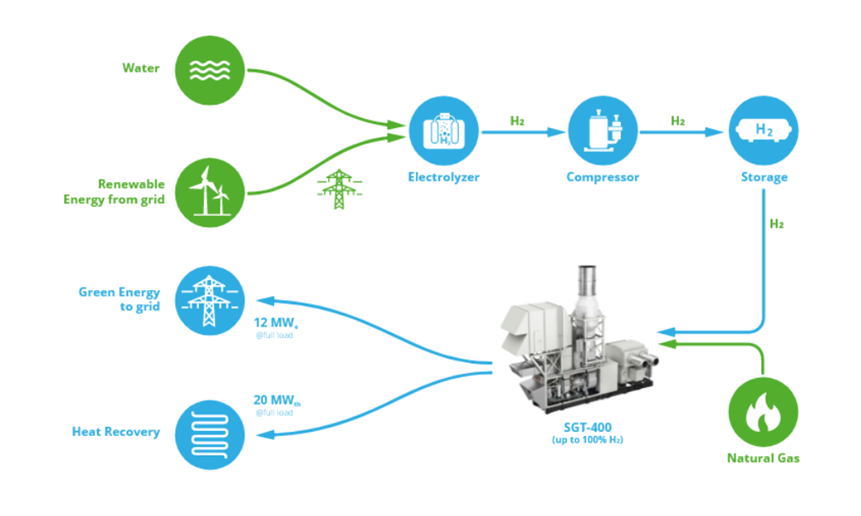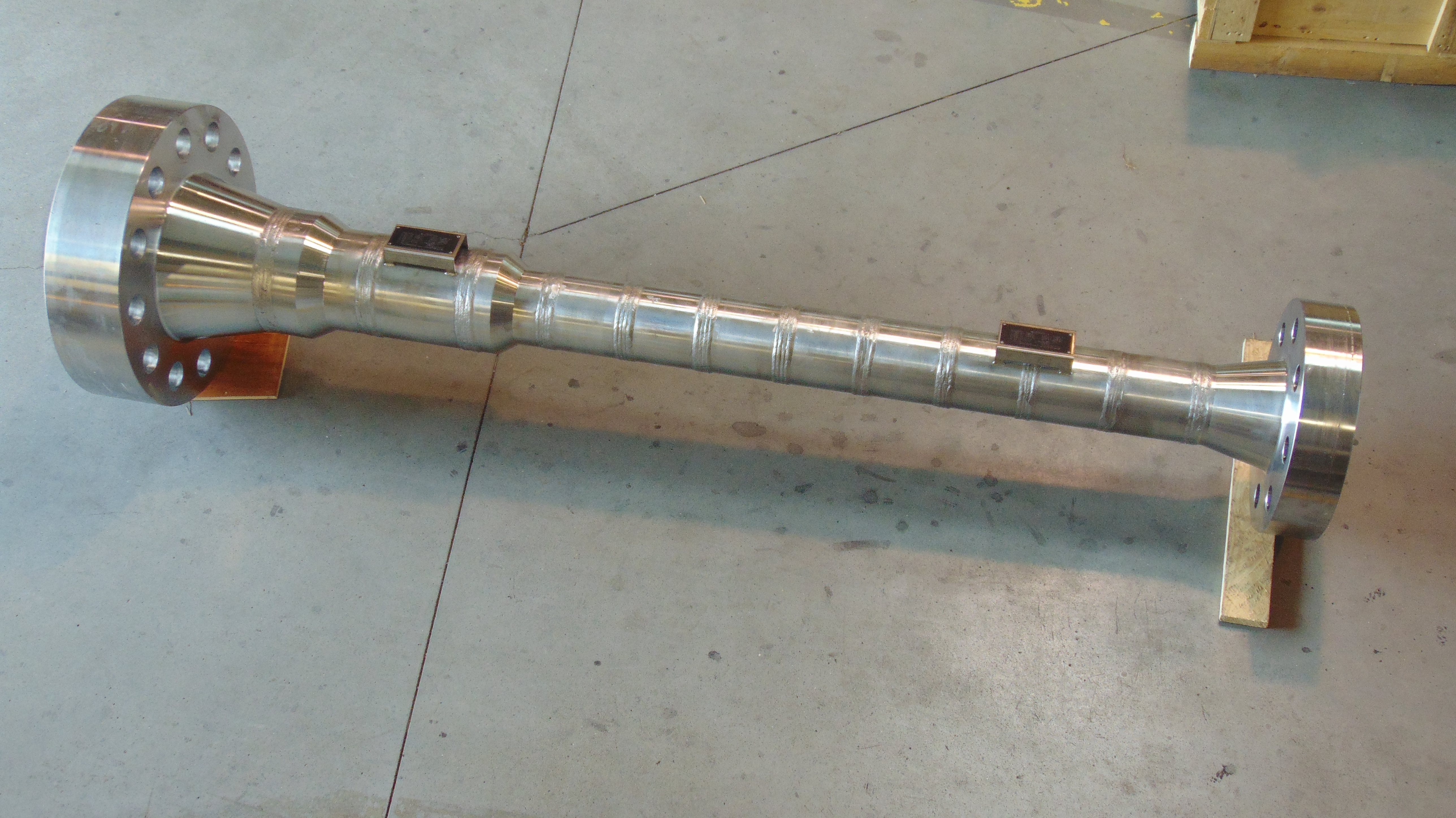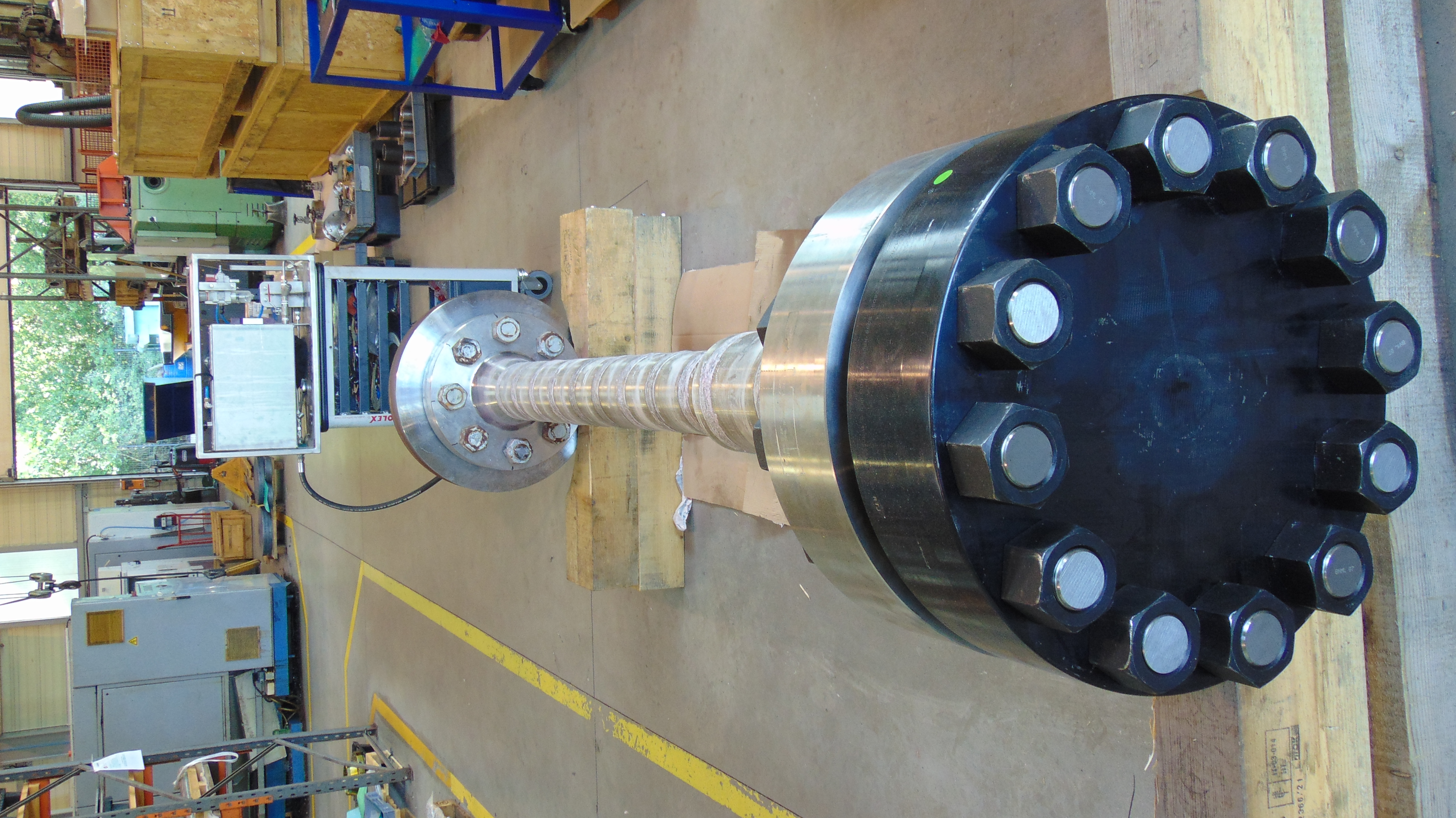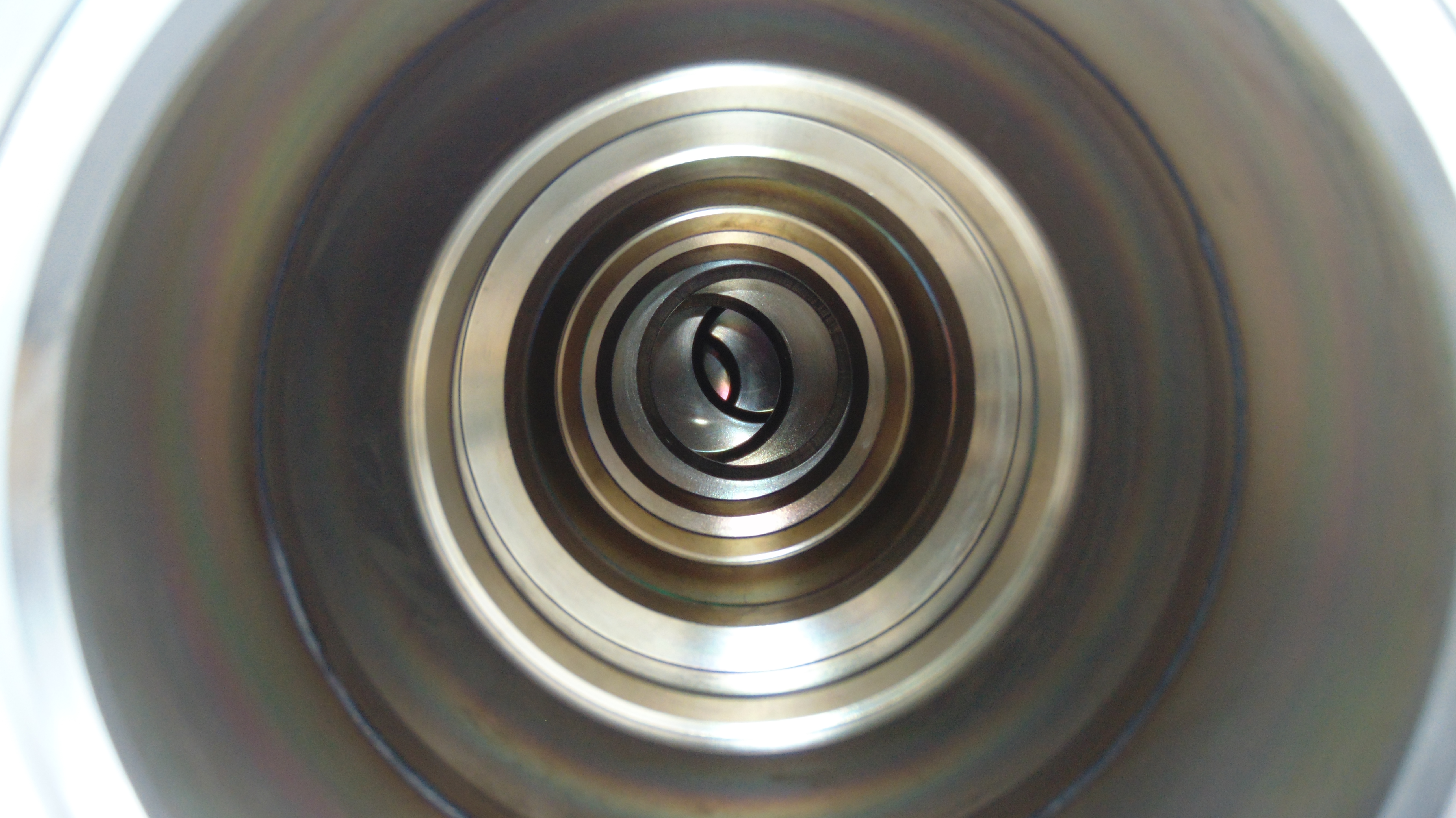Green hydrogen - Renewable hydrogen
APPLICATION
Restriction orifices used to depressurize the system in the event of a failure on a plant for production, storage and use of renewable dihydrogen.
Deltafluid benefits:
Customised solution and design
Manufacturing, mounting and assembly in France
Know-how in the selection of appropriate materials for operation in high pressure hydrogen conditions (210 barg)
SITUATION
It is about developping in France the world's first industrial-scale "Renewable power x H2 x electrical power" demonstrator with an advanced hydrogen turbine.
Production and storage of green dihydrogen from renewable energy is presented as a key lever for accelerating decarbonization of industries.
In this context, this EU-funded project carried out by a collective of partners aims to demonstrate that renewable hydrogen can be stored and then be used to power an industrial turbine.
Excess renewable energy is fed into a 1 MW electrolyser to produce hydrogen directly on site and power the turbine when electricity is needed.

Fig 1 : hydrogen production, storage and consumption scheme
© hyflexpower
The production of dihydrogen by water electrolysis takes place without emitting carbon elements. The electrolyser breaks down water according to the following formula:
2H2O -> 02 + 2H2
The energy necessary for this decomposition is provided by a renewable energy source.
The gaseous hydrogen obtained is then compressed at high pressure before being purified and stored.
Then, it is used on site to operate a natural gas turbine using a gas mixture that can contain up to 100% dihydrogen. The green electricity produced can be used for the needs of the industry on which the hydrogen production unit is built.
We thus understand that the electrolyser and the turbine specially adapted to operate on dihydrogen are real assets for converting intermittent energy from renewable sources into storable, carbon-free energy that can be used on demand.
Today very rarely used*, this technique is nevertheless particularly interresting in the context of energy transition, since the electricity used is renewable.
* as opposed to conventional hydrogen production techniques such as steam reforming or charcoal gasification.
SOLUTION
Deltafluid supplies multi-stage restriction orifices installed on production and storage lines to ensure system depressurization in the event of a failure.
Calculated to go from high pressure conditions (210 barg) to atmospheric pressure, several stages were necessary to achieve the desired pressure drop in optimal conditions (avoiding sonic speed or choked flow conditions which could damage metallic elements).
The photo here under shows a 13-stage restriction orifice with an increase in diameter on the last 2 stages to increase the possibility of pressure reduction by limiting the flow speed.
Materials
The materials used to design and manufacture these devices intended to receive high pressure hydrogen must be selected according to precise characteristics, particularly in terms of grain size, for example.
Our experts were particularly demanding with material suppliers to meet these precise specifications.
NDT
Hydrostatic tests were carried out on the devices (see here under) as well as radio and penetrant testings on 100% of the weldings to ensure the absence of defects.
These devices falling into category III module G of the pressure equipment directive PED 2014/68/UE, these controls were necessary as well as the notification of an independant body for the verification of the design and manufacturing (dimensional & NDT).
Dihydrogen being particularly prone to leaks because it is light and small in diameter, weld tests must be carried out with the greatest attention.



Fig 2 : 13-stage restriction orifice / hydrostatic test / view of the interior of the multi-stage restriction orifice